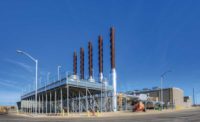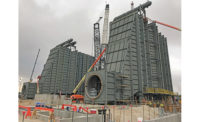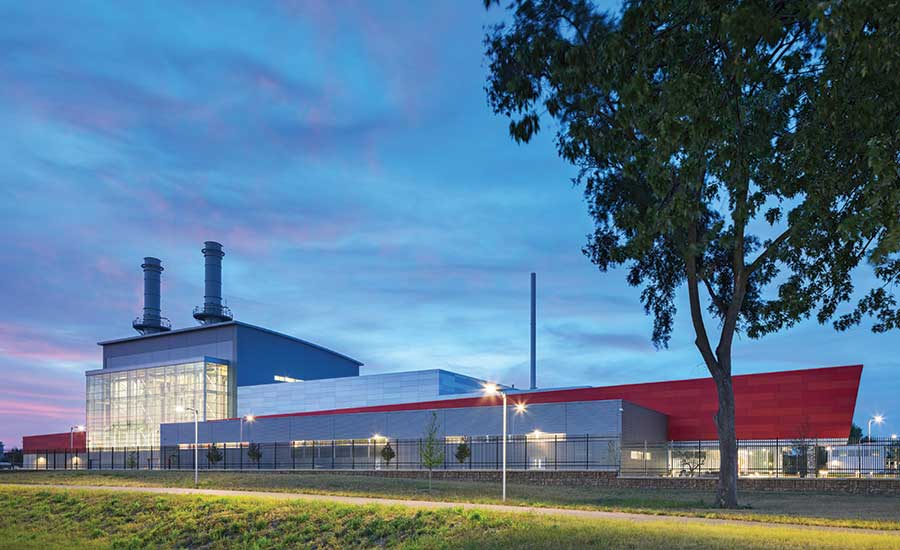ENR Midwest’s 2018 Best Projects
Energy/Industrial: Holland Energy Park

The Holland Energy Park in Holland, Mich., would likely lose tax credits for its energy production under the Biden administration's new energy plan as it produces its power mainly by burning natural gas, a fossil fuel.
PHOTO COURTESY OF HDR

The world’s first ISI Envision Platinum-verified energy project brings together a state-of-the-art power plant, a public park and a $1.2-million science museum.
PHOTO COURTESY OF HDR

The world’s first ISI Envision Platinum-verified energy project brings together a state-of-the-art power plant, a public park and a $1.2-million science museum.
PHOTO COURTESY OF HDR

The world’s first ISI Envision Platinum-verified energy project brings together a state-of-the-art power plant, a public park and a $1.2-million science museum.
PHOTO COURTESY OF HDR




Holland Energy Park
Holland, Mich.
Best Project
Owner/Developer Holland Board Of Public Works
General Contractor Barton Malow
Lead Design Firm Zachry Group
Structural Engineer Zachry Group
MEP Engineer Zachry Group
Owner’s Representative/Engineer HDR
The world’s first ISI Envision Platinum-verified energy project brings together a state-of-the-art power plant, a public park and a $1.2-million science museum.
Determined to renew an area of town rife with piles of junk and abandoned structures, the city of Holland, Mich., undertook a plan to engage the community and enhance the natural environment. The result is the $240-million, 26-acre Holland Energy Park, which was completed after 32 months in October 2017.
The entire project was needed to replace an aging power generation plant as well as to meet the increased energy demands of the city’s growing population.
Before any of that could begin, it was important to ensure public support for such an enormous project. The Holland Board of Public Works started by launching a program called Power for the 21st Century.
“The first thing was public involvement from the start,” says Carrie Shuler, who was the project/engineering manager for HDR. “The city worked with environmental stakeholders in getting approval from the state. Often these plants have contentious times getting started, but this project was seamless because of the transparency with the public.”
One of the biggest issues the public dealt with was that of a potential cooling tower plume. The community was worried such a plume could lead to the potential closing of roads. Their concerns were a force behind the construction team enlisting cutting-edge ClearSky technology to abate a visible plume.
Although it’s not possible to completely eliminate a plume, technology relied upon a series of PVC heat exchanger modules to condense moisture within the cooling tower, reducing the plume.
The new plant has reduced carbon emissions by 50%, considerably reduced solid particle pollutants and has doubled the previous plant’s efficiency.
Within the plant itself is a new, $1.2-million visitors center, which seeks to educate the public on the nature of energy and its use in homes. It doubles as a science museum with views of the inner workings of the plant as well as exhibits explaining how the plant works.
The surrounding energy park contains gardens, reflecting ponds, wetlands and walking trails.
The biggest challenge the project faced was limited labor. Barton Malow was forced to comb the state and brought on board more than 20 subcontractors and 360 craftsman working overtime and constantly changing schedules. The end result was a team that had reused nearly 65% of materials and diverted 89% of waste from landfills.







